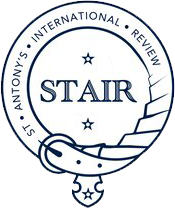STAIR is accepting submissions to the following sections of its current issue, Issue 20.2 - A New Cold War?:
General Section: manuscripts on topics in the fields of International Relations/Affairs, Political Science, Contemporary/International History, Area Studies, Development Studies, and related fields. Articles may take theoretical or policy-oriented approaches.
Book Review: reviews of books in International Affairs or related fields which have been published within the last three calendar years. Please find a suggested shortlist below.
Theme Section: manuscripts on the theme of A New Cold War? as outlined in the following description.
A new cold war?
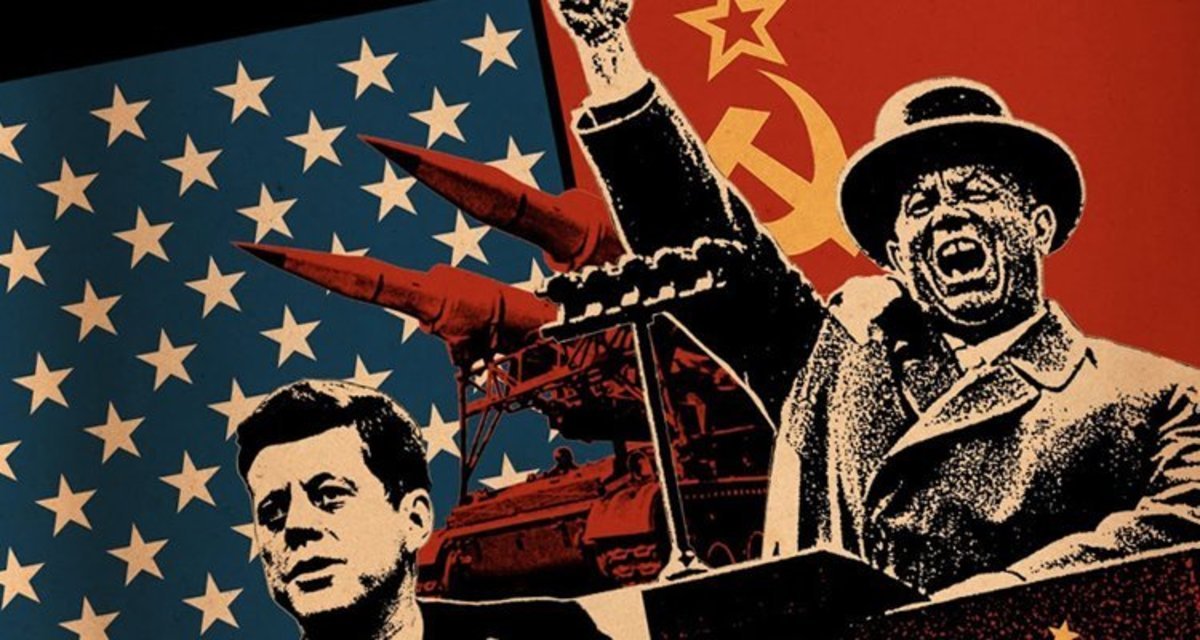
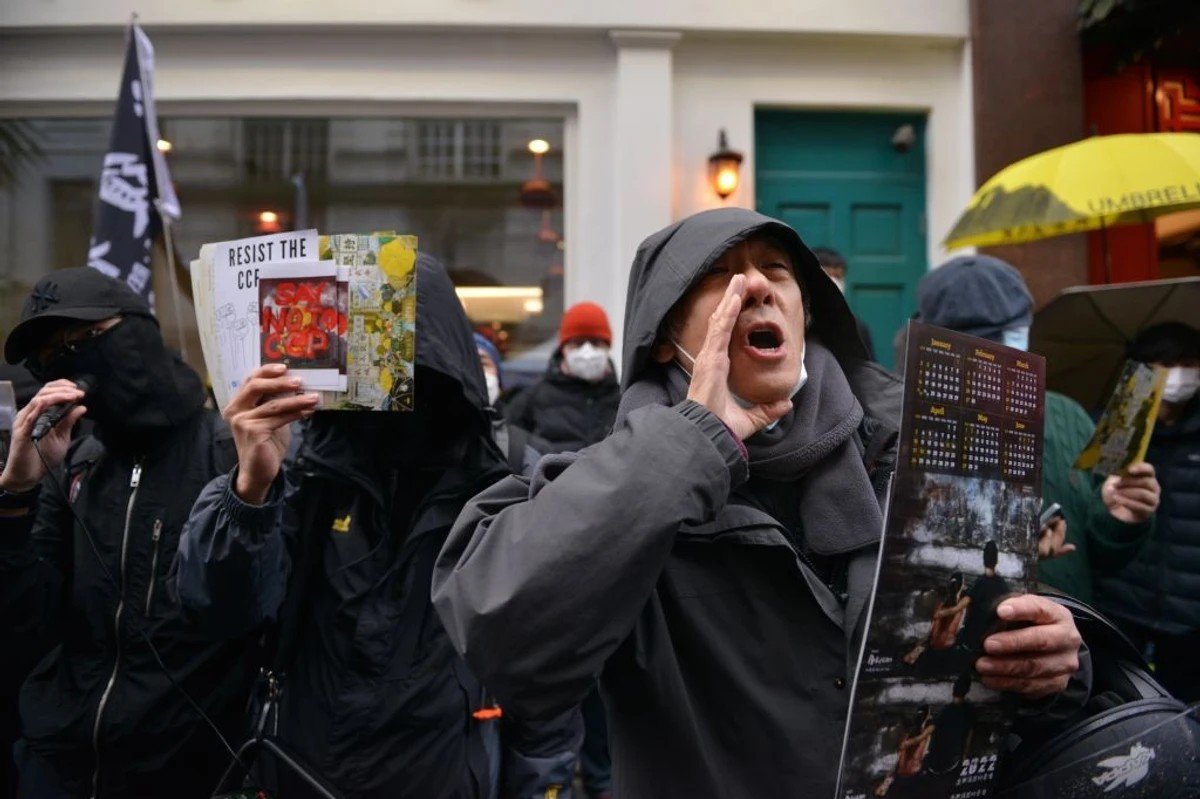
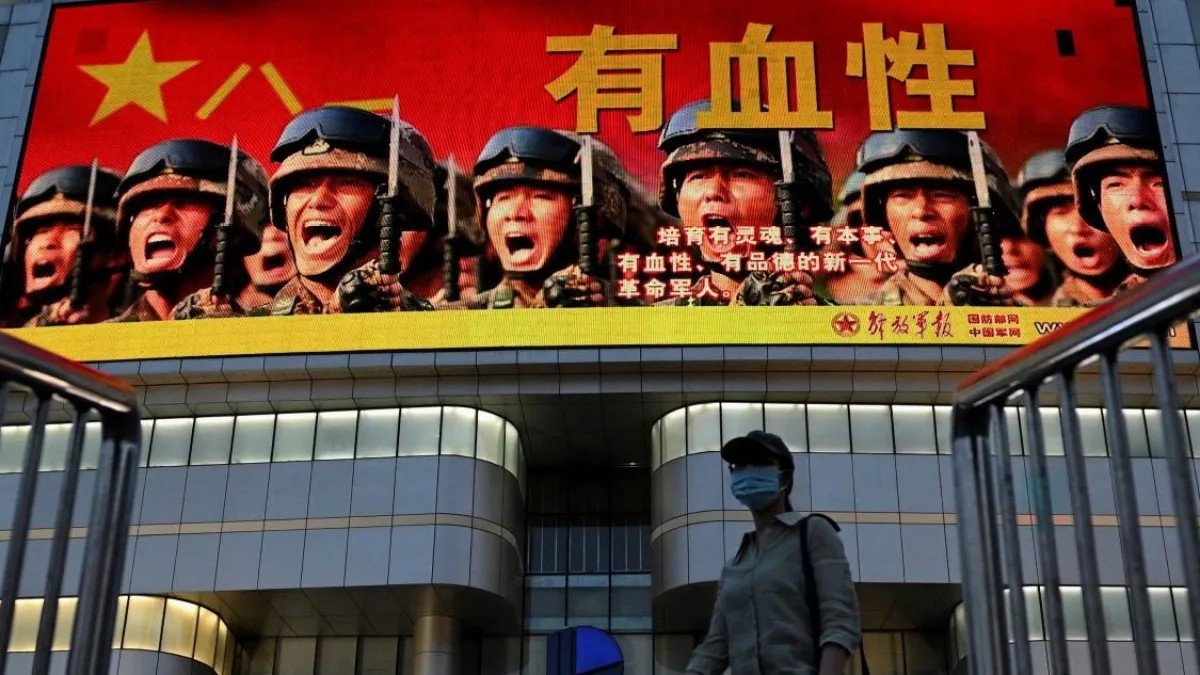
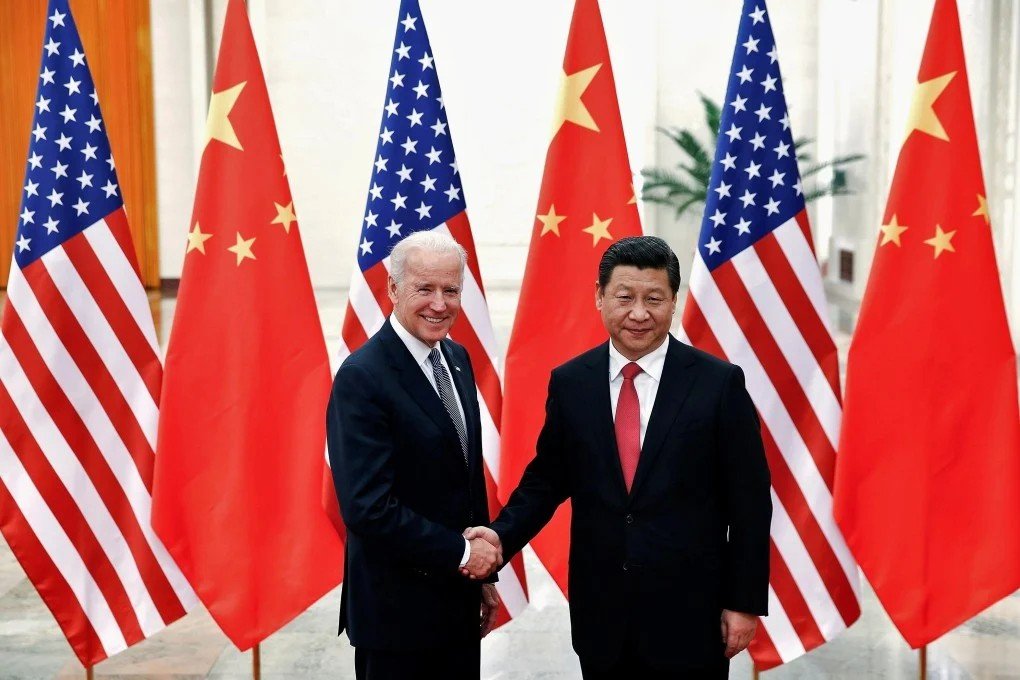
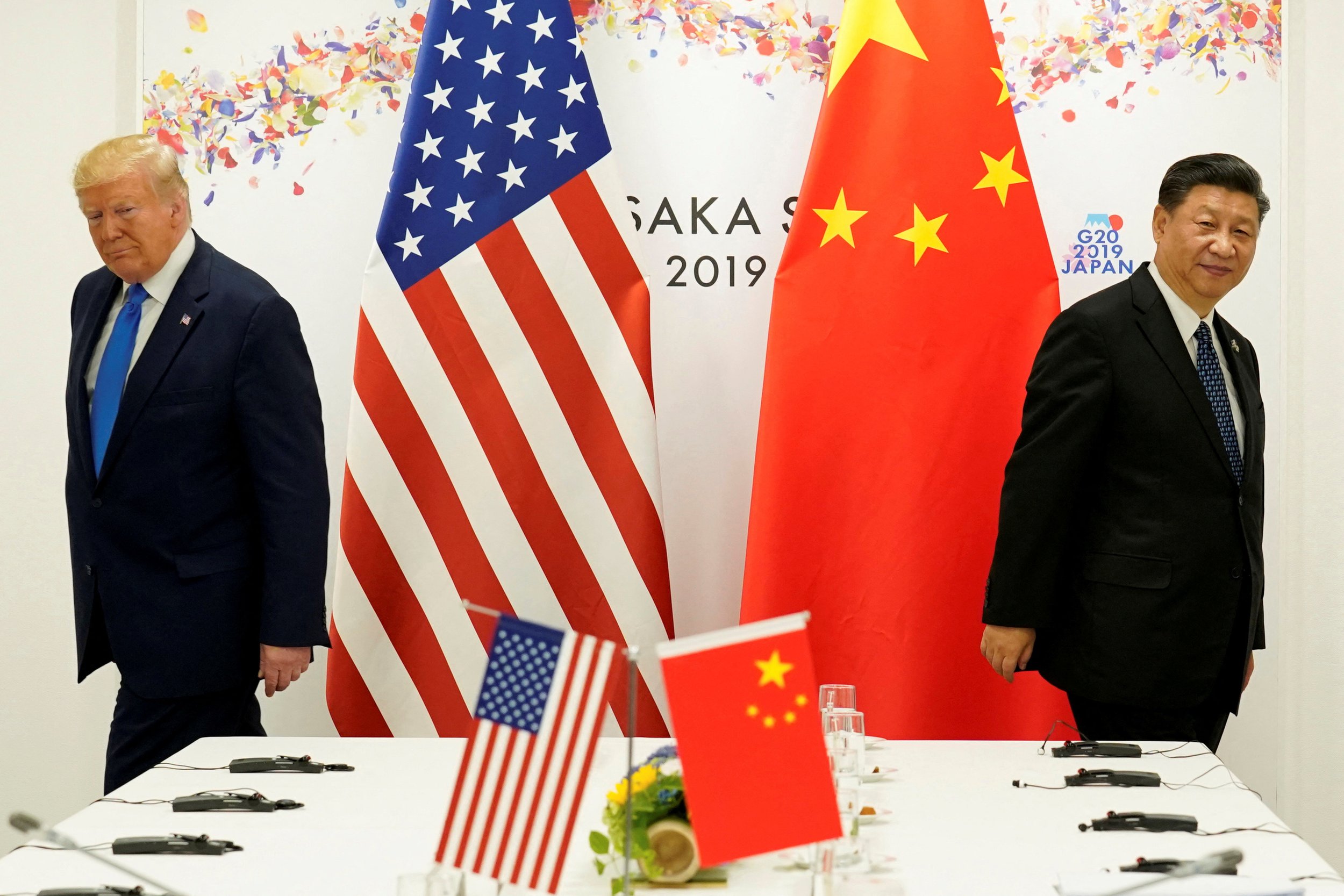
Commentators have been debating for years about whether the world has plunged into a “New Cold War.” Proponents of the analogy argue that the U.S. and China are engaging in a protracted international rivalry over global influence which mirrors the U.S.-Soviet contest between 1947 and 1989. Opponents highlight the dissimilarities, noting the reduced ideological confrontation, the absence of dueling alliance systems, increased common interests, and more complex economic interdependencies in the current world order.
Recent developments seem to support the New Cold War framing. Major states are increasingly turning to economic protectionism, reducing economic interdependencies with other nations while pursuing industrial policies to boost domestic economic sectors. The West has accelerated the “decoupling” (or “de-risking”, a term that Western policymakers prefer) with China and severed economic ties with Russia after its second invasion of Ukraine. The recent re-election of Donald Trump to the U.S. presidency will likely set back globalisation further, reversing decades of post-Cold War global economic integration. Other aspects of liberal internationalism, including the NATO alliance system and multilateral organisations like the UN or the World Trade Organization, will likely experience greater stress with the rise of right-wing politics across the U.S. and Europe.
A contest between different international coalitions is also emerging, as China, Russia, North Korea, and Iran have become more aligned in their interest in resisting Western hegemony. For instance, to support Russia’s war in Ukraine, Iran has supplied military drones to facilitate airstrikes, North Korea has sent troops to fight alongside Russian soldiers, and China has busted Western sanctions by extending crucial economic resources to Russia. Notably, these countries’ authoritarian political systems add an ideological component to their struggle against Western liberal democracies, as they sought to interfere with and discredit democratic elections in the West. These developments recall the polarisation of the U.S.-Soviet Cold War, as today’s geopolitical landscape increasingly divides into opposing blocs.
This issue seeks to illuminate how recent economic and geopolitical developments should inform our understanding of the new world order. We invite submissions exploring any of these themes:
Conceptual Foundation: Is it accurate to describe today’s world in terms of a “New Cold War”? Can we treat the Cold War as an example of a general concept (lower-case “cold wars”) rather than a unique historical event? Is today’s world a singular cold war between the U.S. and China or multiple cold wars (e.g., between the West and Russia and between the West and China)? In what ways is today’s cold war(s) similar to or different from the U.S.-Soviet Cold War?
Alliances and Coalitions: How should we understand and characterise the increased cooperation between China, Iran, North Korea, and Russia? To what extent is the confrontation between the “Russia-China-Iran-North Korea quartet” and Western nations comparable to the contest between Cold War-era power blocs? What are the main factors driving the confrontation between the West and the quartet, and what explain when states cooperate across coalitions? What contributes to intra-coalition cohesion and conflicts?
War and Conflicts: How have recent conflicts, such as the Russia-Ukraine war and the 2023 Israel-Hamas war, shaped the dynamics of the “New Cold War”? How might potential geopolitical and military flashpoints, including the Middle East, Taiwan, and the South China Sea, impact the dynamics of the “New Cold War”? How do non-state actors (e.g., Hamas, Hezbollah, Houthis) and hybrid warfare shape the standoff between opposing international coalitions?
Global Economy: To what extent is geopolitical alignment reshaping global economic connections in different regions of the world? What is the trajectory of U.S.-China economic relations, and how has it impacted the global economy? How have Western nations recalibrated their economic statecraft vis-à-vis Russia, Iran, North Korea, and/or China in light of sharper geopolitical divides? To what extent does the Cold War teach us how the West might re-organise its economic relationship with potential adversaries?
Multipolarity and the Global South: How do countries in the Global South navigate the pressures of the “New Cold War”? To what extent are countries like India, Brazil, and Indonesia acting as “swing states” in this new world order? What opportunities and challenges arise from the “New Cold War” for non-aligned countries, and to what extent is their situation similar to or different from the Cold War? What role do minilateral organisations such as BRICS and ASEAN play in the increasingly fractured geopolitical landscape?
Ideological Competition and Soft Power: To what extent does the ideological divide between democracy and authoritarianism today resemble the ideological divide between capitalism and communism in the Cold War? Does China offer a distinct ideological alternative to Western liberal democracy, and how is this perceived globally? How does soft power manifest in the “New Cold War”, particularly through diplomacy, cultural influence, and media?
The Role of International Institutions: How has the “New Cold War” impacted international institutions like the United Nations and the World Trade Organization? Are international institutions still effective, or are they increasingly sidelined by new power blocs? How might the future of multilateralism be shaped by the strategic rivalry between the power blocs? How might increased geopolitical contestation at multilateral forums impact international norms?
Transnational Challenges: To what extent is the “New Cold War” impeding international cooperation on tackling important transnational issues such as climate change, global pandemics, and technological changes? To what extent are today’s obstacles to international cooperation analogous to challenges plaguing countries in the Cold War?
We invite articles that delve into these questions or address related topics. Contributions that bring interdisciplinary perspectives or combine policy analysis with theoretical insights are especially encouraged.
-
New Cold Wars, China's Rise, Russia's Invasion, and America's Struggle to Defend the West, by David E. Sanger (2024).
The Lost Peace: How the West Failed to Prevent a Second Cold War, by Richard Sakwa (2023).
The Twilight Struggle: What the Cold War Teaches Us about Great-Power Rivalry Today, by Hal Brands (2022).
Not One Inch: America, Russia and the Making of Post-Cold War Stalemate, by M.E. Sarotte (2022).
Henry Kissinger on China, by Henry Kissinger (2012).
Chip War: The Fight for the World’s Most Critical Technology, by Chris Miller (2022).
The Rise and Fall of the Neoliberal Order, by Gary Gerstle (2022).
Beijing Rules: China’s Quest for Global Influence, by Bethany Allen (2023).
The World for Sale: Money, Power, and the Traders Who Barter the Earth’s Resources, by Javier Blas (2021).
Trade Wars are Class Wars: How Rising Inequality Distorts the Global Economy and Threatens International Peace, by Matthew C. Klein and Michael Pettis (2020).
The Return of Great Powers: Russia, China and the Next World War, by Jim Sciutto (2024)
